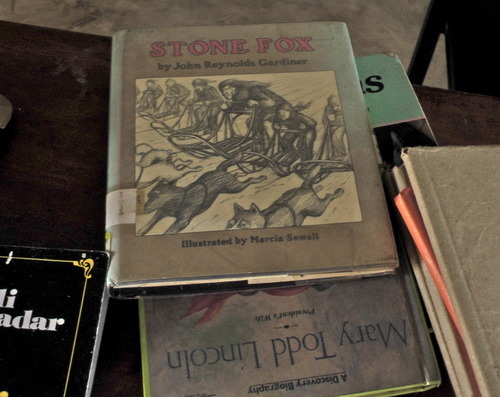Although this school is just 3 year old, it is actually the only Secondary Girls School in the entire district. I visited the school today to meet the students and staff, and gather information for the Foundation to use in considering whether to help facilitate book donations to their school.
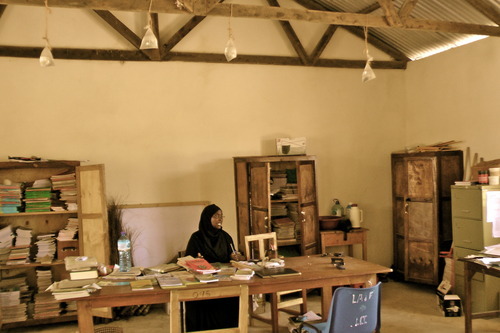
(the staff room: note, the plastic bags of water suspended from ceiling are to keep flies at bay. I am not convinced they work.)
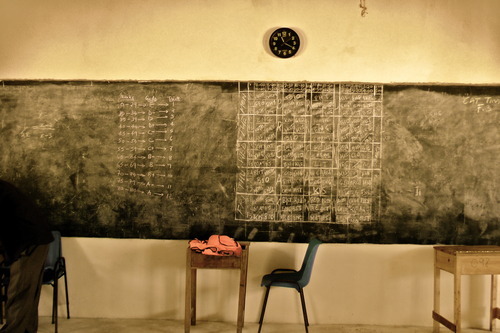
(form 2 classroom at Bright Girls Secondary School)
After meeting the Principal and teachers, I sat with the students to talk about what books they would want, and what subjects they are interested in reading about. There was tremendous variety in their requests: everything from biographies to mysteries, history to more dictionaries, entrepreneurship to Atlases. What impressed me so much about these girls is how willing they were to speak up. Normally, I find when trying to gather requests, there is a hovering shyness that often overcomes their willingness to speak up. I was happy to find that this was not the case here.
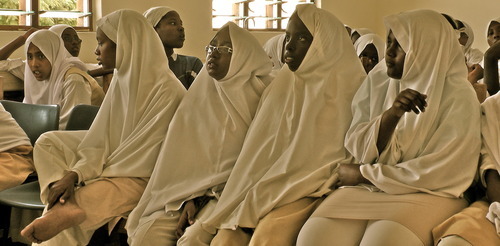
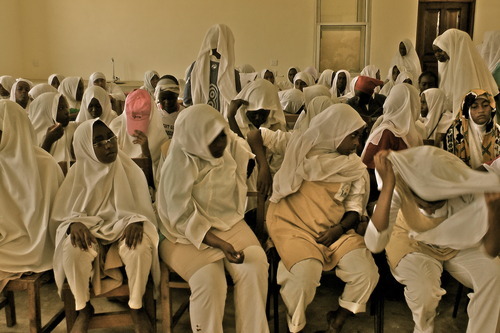
One thing that did take me by surprise, despite the fact that I am finding it is the rule more than the exception, was the quality of the reading books they had received from another donor a few years ago (pictured below). Only numbering about 150, these books were quite clearly second hand (going as far back as the 50’s and 60’s), and many were very much below the reading level of secondary school (‘recommended reading age 9-11’ I read on one) and/or of uninteresting or irrelevant subject matter to coastal Kenyan students.
Although yes there is a dire need for books at most of the schools I have come across in Kenya, it doesn’t mean that little to no effort should be made in making sure that books donated actually matter to the students who will be reading them. There seems to be this perception African schools are in such desperate states that they should be grateful for whatever comes their way. With a little effort in terms of what titles are selected and donated though, the impact could be exponential. Where there is a need, there must also be a standard.
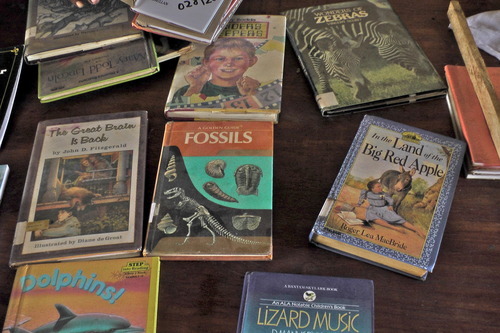
(the books given by a previous donor are far below the reading level of secondary schools, and many of them are irrelevant to the curriculum, and uninteresting to the students. This is a poor strategy to promote reading, which should ultimately be the goal of any book donation).
